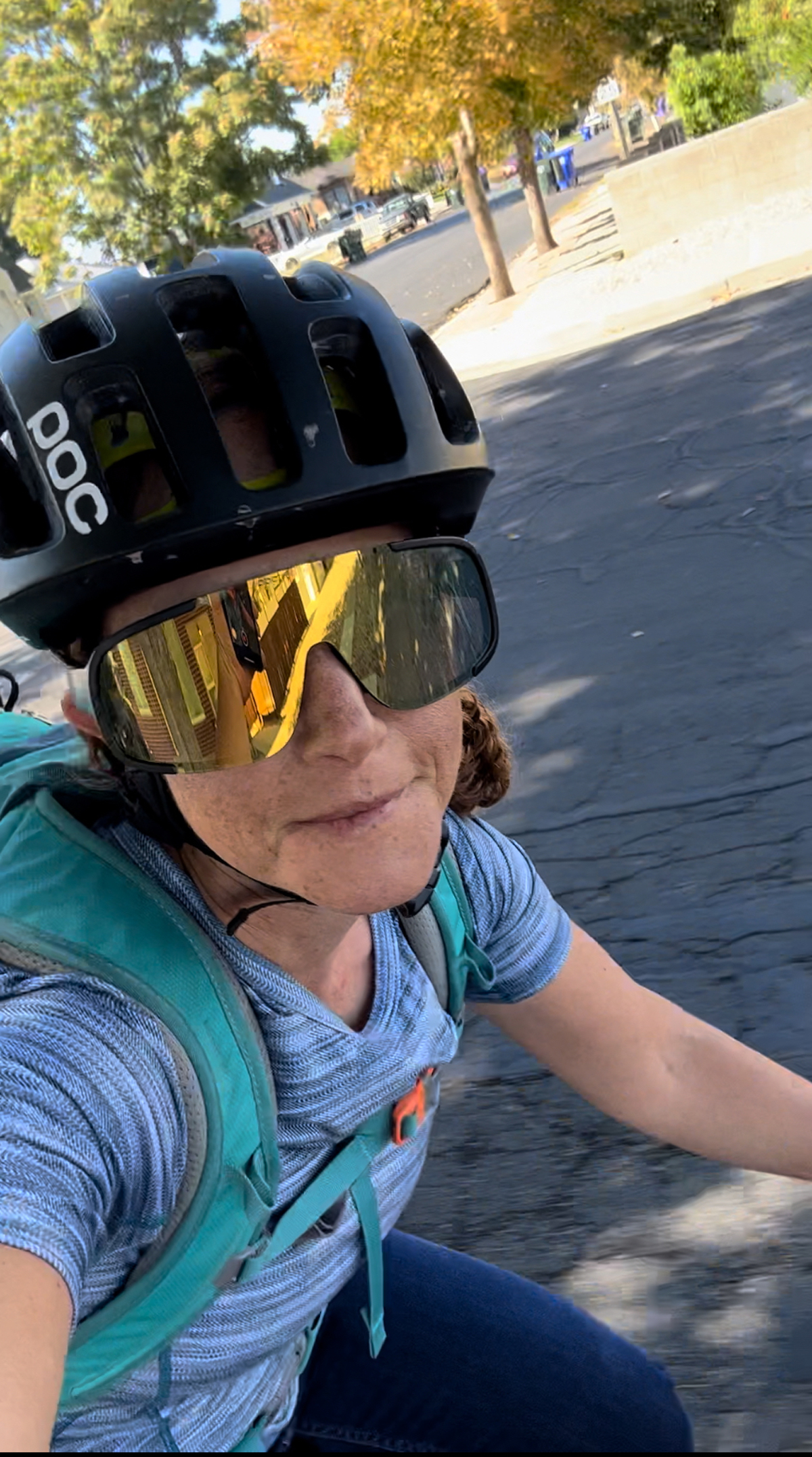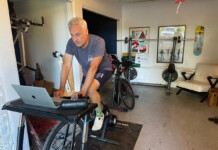By Sarah Kaufmann — Commuting by bike to school or work can be a great way to add riding time, offset vehicle pollution, avoid stressful traffic, and bookend your day with exercise and time outside. But it typically involves the same route daily, which, by design, minimizes the opportunity for a periodized, structured training plan, or the makeup of ride programming that we rely on to build bike fitness in the pursuit of performance.

That’s not to say that a regular commuting program will not make you fit. Any form of regular exercise will generally improve your fitness, when compared with not exercising. But if you have performance goals, at a certain point, you will max out on adaptation from simply riding the same route every day. In seeking the physiological adaptations that come from a structured training program, we are generally looking for wider variance in the training – the hard days must be harder, and the easy days must be easier. When your commute route is the same, it becomes challenging to create those contrasts in intensity and load or the interplay of stress and rest that results in adaptation and improved fitness.
Let’s back up. The way we build fitness is that exercise actually causes micro tears in the muscle fibers. When exercise is followed by rest, those microtears repair and the muscle rebuilds with healthier, denser fibers. You become more fit. You need both the strain of exercise, as well the subsequent rest to build fitness. As you become more adapted to exercise, the stimulus required to continue to develop fitness grows. We define this paradigm as progressive overload, and it is required on the path to fitness development. Further, as your capacity for harder work grows, your requirement for rest will grow as well. Which comes back to the earlier point – the requirements for progressive overload are such that the same repeated stimulus will cease to result in adaptation. Your same commute route will no longer provide the stimulus required for progressive overload and, as a result, for continued fitness building.
How do you overcome this? You will want to be a little strategic with planning your commute route. Your ability to do this will vary depending on your route. But start to think about a week of training as containing 3-4 key workout days (these are either especially intense or especially long). And the other 3-4 days should be lighter/easier days or rest days. If you commute 3-5 days per week and you do 1-2 long rides on the weekend, that likely means working in 1-2 days of intensity during your commute week. You could do this organically by simply riding your commute at a higher intensity/pace. If you follow a more structured plan, you might find a spot along your commute to perform a set of intervals. You will want to plan ahead to determine whether it makes sense to do this intensity on your way into your job/school/destination, or on the way home. That’s going to depend mainly on your specific timing, your access to a shower/ place to change, etc. Maybe you skip your bike commute on the days that you work in intensity and use your commuting days as easy rides, or what we often term active recovery.
Alternatively, maybe your commute is significant in terms of duration, and you get your long rides done as part of your commute. I would encourage you to limit the days you do your commute or find a way to shorten your commute on some days by either taking public transit or combining public transit with your commute. Doing a long commute each day will likely result in so much fatigue from the volume that you will not have the capacity to perform higher intensity work on non-commute days with sufficient quality to provide the required stimulus for adaptation. (Think of it this way: You need to be sufficiently rested to dig deep enough to train at high intensities).
To effectively work commuting into a periodized training program, you may need to modify, swap, or cut commute days. Key workouts require variance in load. The goal will be to make certain days significant in load via intensity, certain days significant in load via volume, and the remaining days to be rest days or active recovery. That’s how we build fitness and that is how to make a commute work for you toward your performance goals.
Sarah Kaufmann is the owner of K Cycling Coaching. She raced XC and CX at the elite level for 15 years. She is based in Salt Lake City, UT and can be reached at kcyclingcoaching.com.






